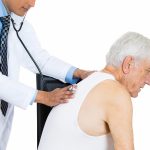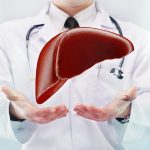
Toxic chemicals that develop from car exhaust, smoking and backyard grilling might increase your risk of developing the autoimmune disease rheumatoid arthritis, a new study suggests. These chemicals are called polycyclic aromatic hydrocarbons (PAHs). They form as coal, oil, gas, wood or tobacco burn. Flame grilling of meat and other foods also contribute to PAH formation, the researchers said. “While more studies are needed, the findings suggest that polyaromatic hydrocarbons may be a significant contributor to rheumatoid arthritis,” said lead researcher Chris D’Adamo, director of the Center for Integrative Medicine at the University of Maryland School of Medicine. “People at risk of rheumatoid arthritis should be cautious of polyaromatic hydrocarbons and consider minimizing modifiable sources of exposure.” Blood and urine samples from nearly 22,000 adults revealed those with the highest PAH levels had the highest risk of rheumatoid arthritis. Rheumatoid arthritis is an autoimmune and inflammatory disease that primarily affects the joints, causing tissue damage and long-lasting pain. Joints may become deformed, and people with the disease may be unsteady on their feet. Women develop rheumatoid arthritis more often than men. The cause isn’t known, but is thought to involve genes, sex and age, and environmental factors, such as smoking, nutrition and lifestyle. D’Adamo said this study can’t prove that PAHs cause rheumatoid arthritis, only that there appears to be an association. “While the findings… read on > read on >
























-300x200.jpg)













